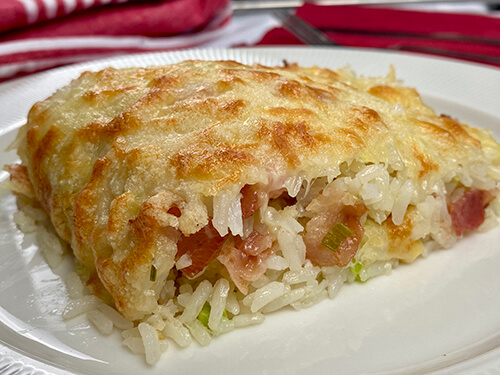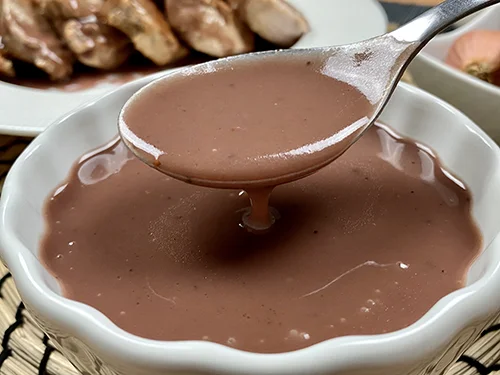Marmitako de bonito - Basque bonito stew


Dish: Main
Quantity: 4
Country: Spain
Marmitako de bonito is a traditional Basque dish, basically consisting of a delicious white tuna and potato stew, one of those dishes that is cooked slowly, giving it a spectacular flavor. Follow our step-by-step videos below, where we will show you in detail how to prepare this delicious fish stew.
Ingredients
- 800 g / 28.2 oz / 1.76 lb white tuna, cut into cubes
- 4 potatoes, peeled and cut into pieces
- 2 carrots, sliced
- 2 medium onions, diced
- 1 green pepper, cut into pieces
- 2 garlic cloves
- 1 tomato, diced
- 80 ml / 2.7 fl oz crushed tomatoes
- 900 ml / 30.4 fl oz fish stock
- 100 ml / 3.4 fl oz white wine
- 1 teaspoon choricero pepper paste
- 1 teaspoon sweet paprika
- Salt and pepper to taste
- Olive oil
How To Make It
Step 1: To begin preparing our marmitako, add the onion, green pepper, tomato, carrot, and garlic to a pot with a little olive oil, stir, and cook for 10 minutes.
Step 2: Add the choricero pepper flesh and white wine and allow the alcohol to evaporate. Next, add the potatoes, paprika powder, a little salt and pepper, and stir. Add the fish stock and crushed tomatoes and cook over low heat for 30 minutes.
Step 3: After 30 minutes, remove the marmitako from the heat and add the pieces of bonito / white tuna. Leave them to cook with the heat off for 8 minutes. Once the time is up, your marmitako is ready. Serve it in a deep dish and enjoy this delicious dish.
Tips To Prepare It
When preparing marmitako, it is important to use fresh, high-quality ingredients, as this will determine the outcome of your dish. Therefore, be sure to purchase good-quality bonito or tuna.
For this marmitako, it is best to use fish stock or natural fish fumet. You can prepare it at home or, if you don't have time, you can buy it at the supermarket, as long as it is natural and of excellent quality.
What can we accompany this recipe with?
Bonito marmitako is a very comforting dish. Serve it with a glass of white wine and a light salad as a starter.
Comments
This recipe has no comments yet




